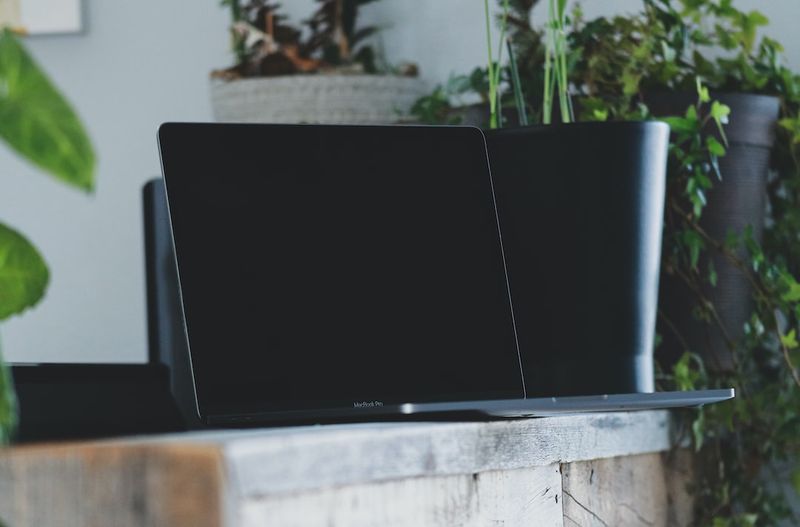Philadelphia Air Quality Reaches Dangerous Levels Due to Wildfire Smoke
The streets in Philadelphia, Pennsylvania, were empty on June 7, 2023, as residents heeded a Code Red Alert issued by the city’s health department due to poor air quality. The region was under a Code Orange alert, while the city issued a Code Red as multiple wildfires burning in Canada sent smoke into northeastern United States. This made it difficult to see and breathe in the region, forcing health departments to advise people to stay indoors and keep their windows closed.
The Health Risks of Air Pollution
Air pollution is one of the most significant concerns for public health worldwide. While outdoor pollution from industrial sources and transportation poses risks to everyone, indoor pollution caused by poor ventilation and combustion of fossil fuels can be even worse, particularly for vulnerable populations such as the young, elderly, pregnant, and those with respiratory illnesses.
According to Dr. Cheryl Bettigole, Philadelphia Health Commissioner, “The air around us has thousands of tiny particles in it. We don’t want them inside our lungs. Once in the tiny passageways, they’re very difficult to get out.” Smoke from the Canadian wildfires invading Philadelphia created poor air quality, with a high concentration of particulate matter (PM) 2.5, which can penetrate deeply into the lungs and lead to negative health effects such as shortness of breath, wheezing, coughing, and asthma attacks. Prolonged exposure can cause premature death.
Advisory from Health Officials
As a result of the severely unhealthy air quality, the city Health Department issued a Code Red Alert, calling on residents to avoid venturing outside if possible and to wear masks if they must go outside. Mayor Jim Kenney said that the city was “making every resource available” to combat the air pollution issue, and advised people to try to limit their exposure to polluted air, especially those with respiratory issues. Masks can help, but they are not 100% effective in filtering the tiny particulates from the air.
Advice for Reducing Air Pollution
People can take several simple measures to reduce air pollution and protect their health, such as:
- Use public transportation, bikes, or electric cars instead of gas-powered vehicles.
- Avoid burning wood or trash to heat homes or cook food.
- Consume less energy by using appliances only when needed and turning them off when not in use.
- Use natural cleaning products instead of chemicals.
It is also sensible to monitor local air quality levels, particularly on days when the air quality is expected to be poor. The Air Quality Index (AQI) can provide people with an indication of potential health risks in the region.
Conclusion
The recent code red alert in Philadelphia reflects the devastating impact of air pollution. The situation raises questions about how people live in urban areas, how industries operate, and how policymakers and individuals should act to preserve public health and protect the planet from environmental degradation. In Philadelphia, it highlights that urgent action is needed to minimize the harmful impact of outdoor air pollution, particularly on vulnerable groups. Without proper prevention, the health risks of poor air quality will continue to threaten millions globally.

<< photo by Ben Mack >>
You might want to read !
- “Why Air Purifiers Are Must-Have Home Appliances Amidst Growing Pollution Concerns”
- “Breathing Easy: Tips for Coping During Times of Poor Air Quality”
- Exploring the Devastating Effects of Air Pollution on US Air Quality.
- “Assessing the Impact: Doug Burgum’s Presidential Bid”
- The Lighter Side of Patrick Mahomes at the White House: Steering Travis and Drawing Laughter
- Assessing the Impact of Stephen Strasburg’s Injury on the Nationals’ Playoff Hopes.
- Examining the Escalation of Gun Violence: Deadly Incident at Richmond Graduation Ceremony
- The Problem with Focusing on Celebrity Sex Lives Instead of Real News.
- An Analysis of Raquel Leviss’ Performance at the 'Vanderpump Rules' Season 10 Reunion Part 3




